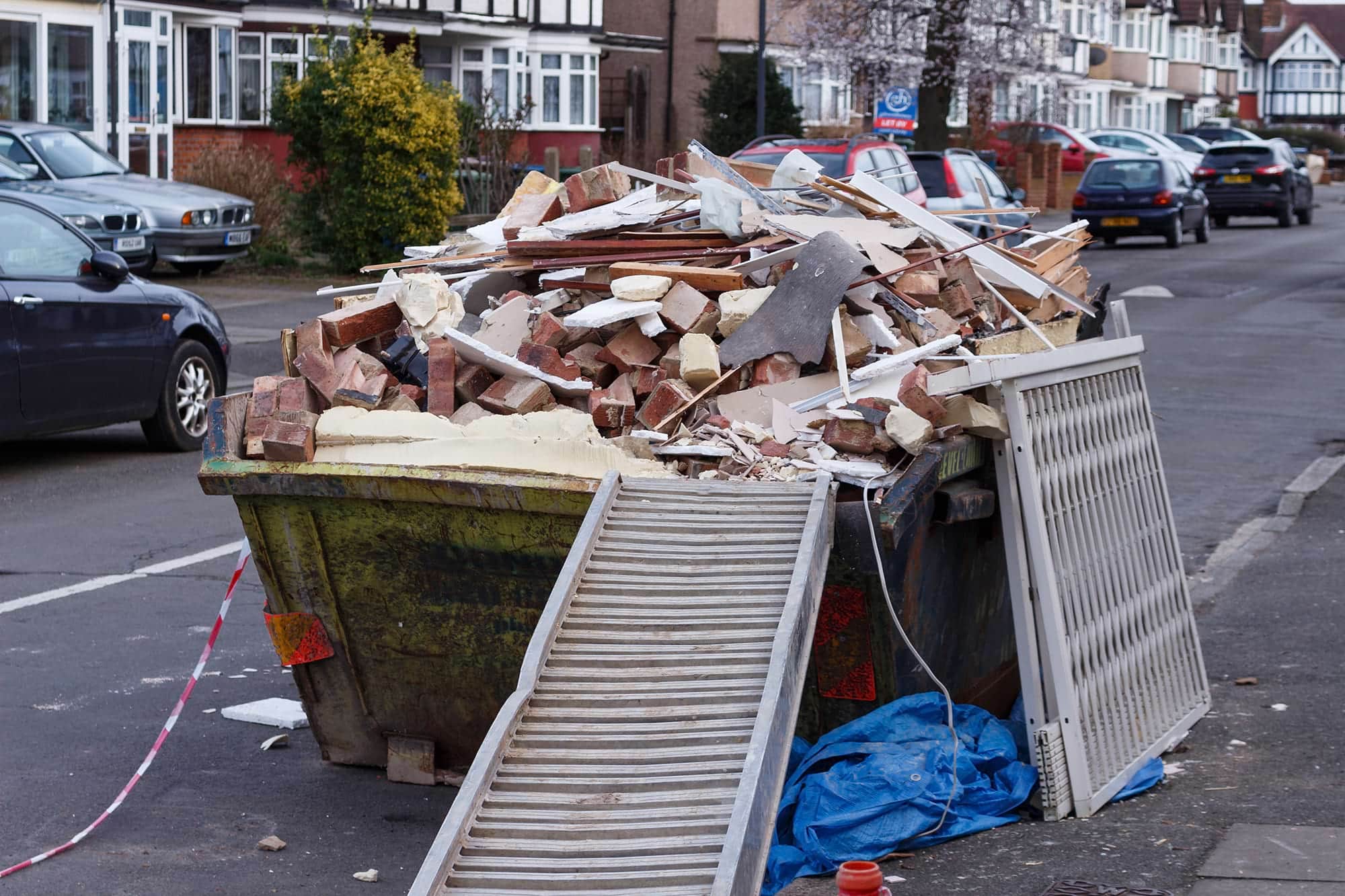
Tips for Filling Different Skip Sizes Correctly
Top 10 Tips for Filling Different Skip Sizes Correctly
For many homes and businesses, skips are an indispensable component of waste management. Skips can make the job of getting rid of trash quick and simple, whether you’re renovating, cleaning up the backyard, or just doing general clean-up.
When using skips, there are a few things to remember. Given the range of sizes available for skips, it’s critical to know how to properly fill them to maximise capacity and ensure safety. Here are the top 10 recommendations for properly filling various skip sizes in Portsmouth.
-
Select the Appropriate Size of the Skip for the Job
The amount and type of waste you are disposing of should both be taken into account when selecting the appropriate size skip for your needs. Choose the size of the skip that best suits your needs from the variety of sizes that are typically offered by skip hire companies, which range from small 2-yard skips to large 12-yard skips.
-
Ensure that the skip remains level
Making sure that a skip is level before filling it is crucial. This is crucial for safety reasons because a skip that has been filled unevenly may become unstable and dangerous. Start by filling the skip in one corner to make sure it is level, and fill the other sides of the skip gradually until it is.
-
Evenly fill the skip
Making sure that a skip is filled as evenly as possible is crucial when filling one. This helps to maximise the skip’s capacity while ensuring that it is stable. Fill the corners of the skip first, then fill the middle of the skip gradually to ensure that it is filled evenly.
-
Avoid Overfilling the Skip
It’s crucial to avoid overfilling the skip because this can be hazardous and result in the skip being rejected by the skip hire company. You should make sure that the waste is only level with the skip’s top and never higher to prevent the skip from being overfilled.
-
Position the Items That Are Heaviest at the Bottom
The heaviest items should go at the bottom of the skip when it is filled. This helps to maximise the skip’s capacity while also ensuring that it is stable.
-
Separate the Waste
It’s crucial to sort the trash into different categories before filling a skip. This will make it easier to make sure the skip is properly filled and the waste is disposed of in a sustainable way. General waste, recyclables, yard waste, and hazardous waste are typical categories.
-
Understand what can and cannot go in a skip
Understanding what can and cannot be put in a skip is crucial. Most non-hazardous waste, including general garbage, garden waste, furniture, and electrical items, can be disposed of in skips. However, hazardous materials like asbestos, tyres, liquids, chemicals, and solvents must be disposed of separately because they can seriously harm the environment.
**For a full list of prohibited items please refer to our FAQ section
-
Reduce Air Pockets
It’s crucial to correctly fill skips in order to guarantee both safety and maximum capacity. It’s crucial to limit the formation of air pockets in order to accomplish this. A skip’s capacity may be reduced by air pockets, which can also cause items to shift while being transported. It’s crucial to fill the skip evenly and avoid overfilling it to minimise air pockets. To achieve a more even fill, it’s also crucial to disassemble any large objects, such as boxes and furniture.
-
Avoid placing recyclables in the skip
Recycling centres should be used to separate recyclable materials and dispose of them separately. By doing this, you’ll ensure that these materials are reused rather than just thrown away, thereby lowering the amount of waste that ends up in landfills. Making sure recyclable items, such as plastic, paper, glass, and metal, are kept separate from other trash and placed in a designated recycling bin is essential to recycling correctly.
-
Adhere to Local Regulations
There might be regional rules that must be adhered to when filling a skip in some locations. Verifying that all rules are being followed requires consulting the local council. Furthermore, some skip-hire businesses might have their own rules and guidelines that must be followed. To make sure that all rules are being followed, it is best to contact the company before filling the skip.
Conclusion
Skips are a great way to quickly and easily dispose of large amounts of trash. To ensure that your skip can be picked up safely and effectively, it’s crucial to fill it properly. You can confidently fill your skip using this practical guide! Do not overfill your skip; doing so will only lead to disaster. Best wishes and happy skipping!
Do you need to hire a skip that can accommodate your particular requirements? If so, Maxi Skips is your ideal option. Whatever your needs for rubbish removal may be, we provide a wide range of skip sizes. With their large capacity and simple access, our skips are made to make your life simpler so that you can quickly and easily dispose of your waste. Other services that we provide include skip rentals for big events as well as for business and industrial needs. For bigger projects like construction and demolition sites, we also offer skip rental. Let us assist you in determining which skip will best meet your needs.

